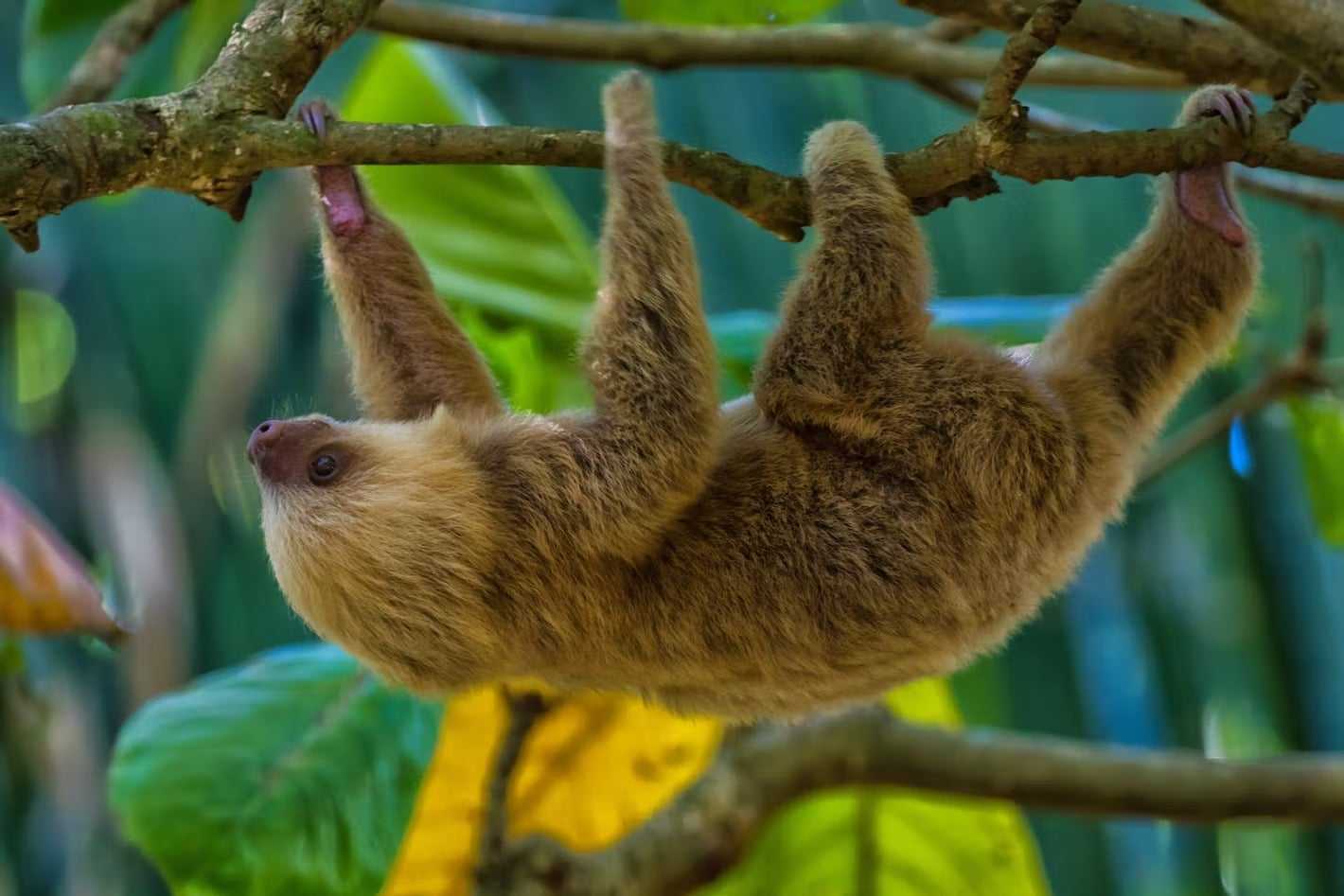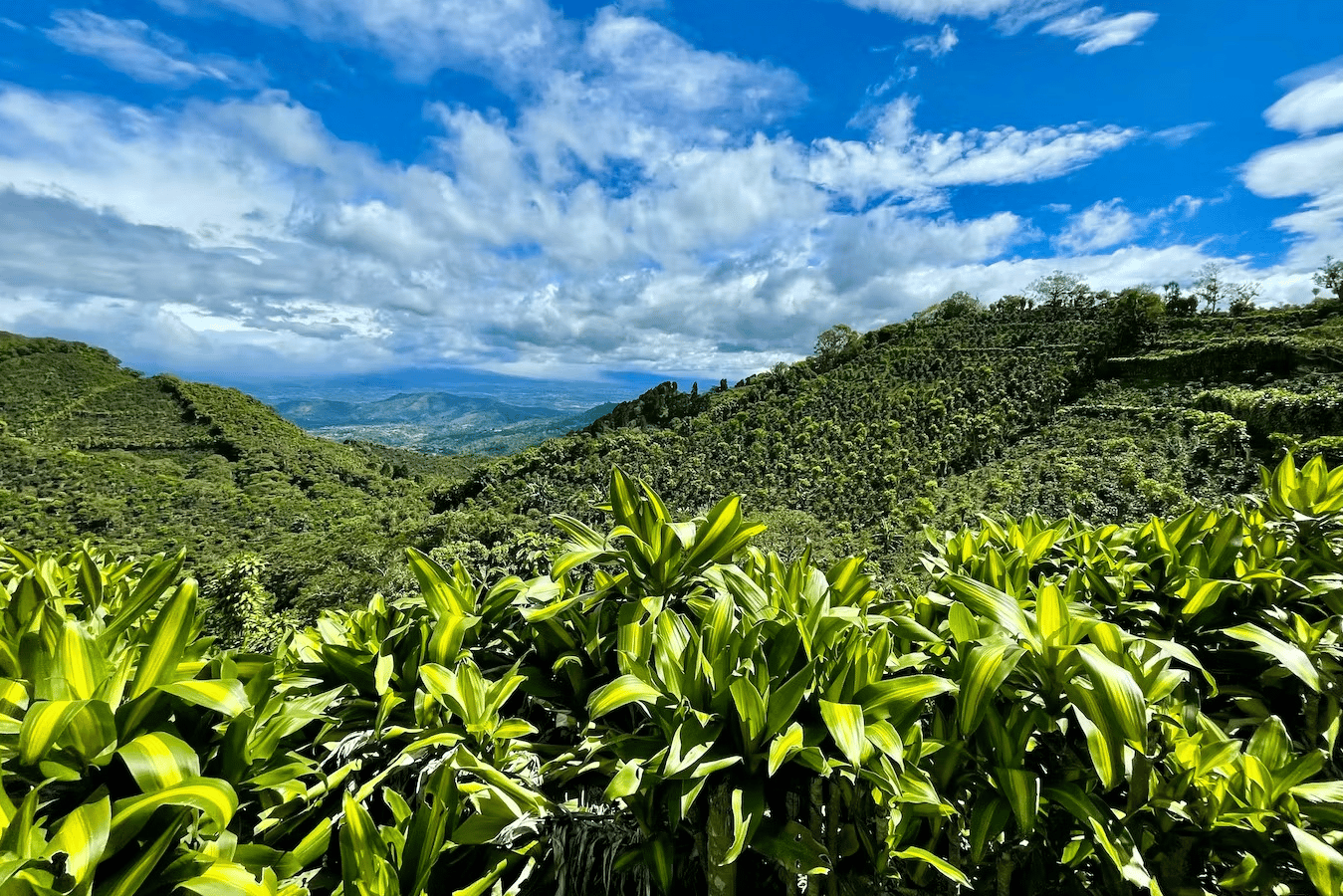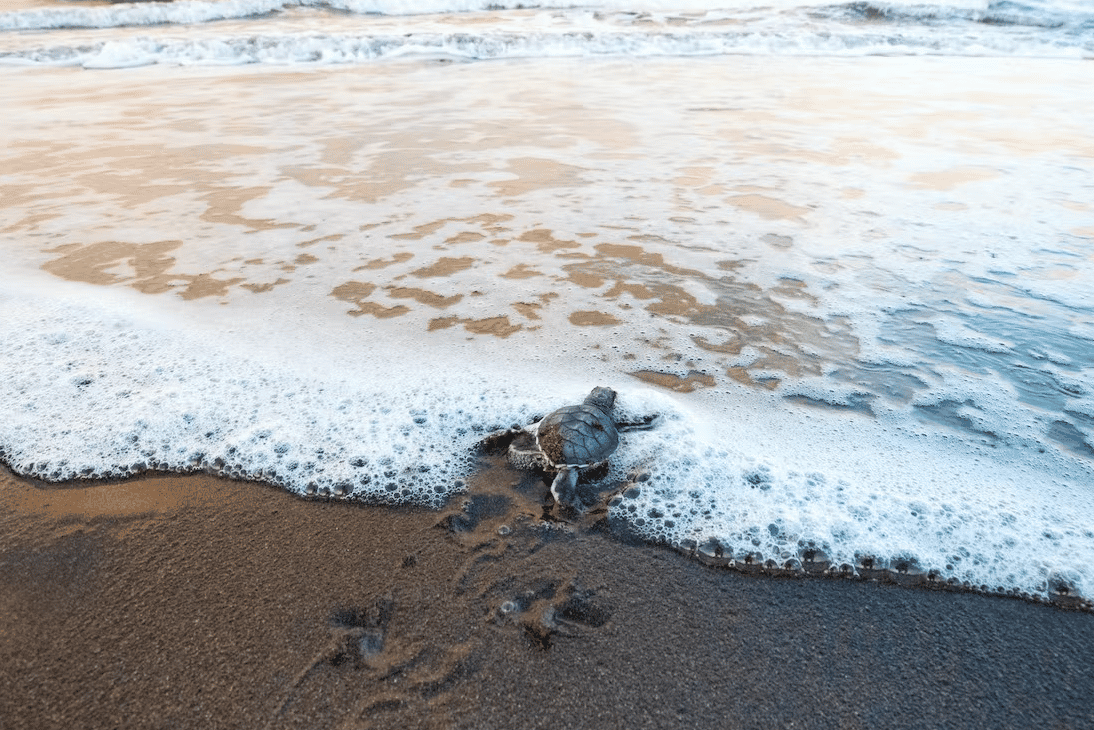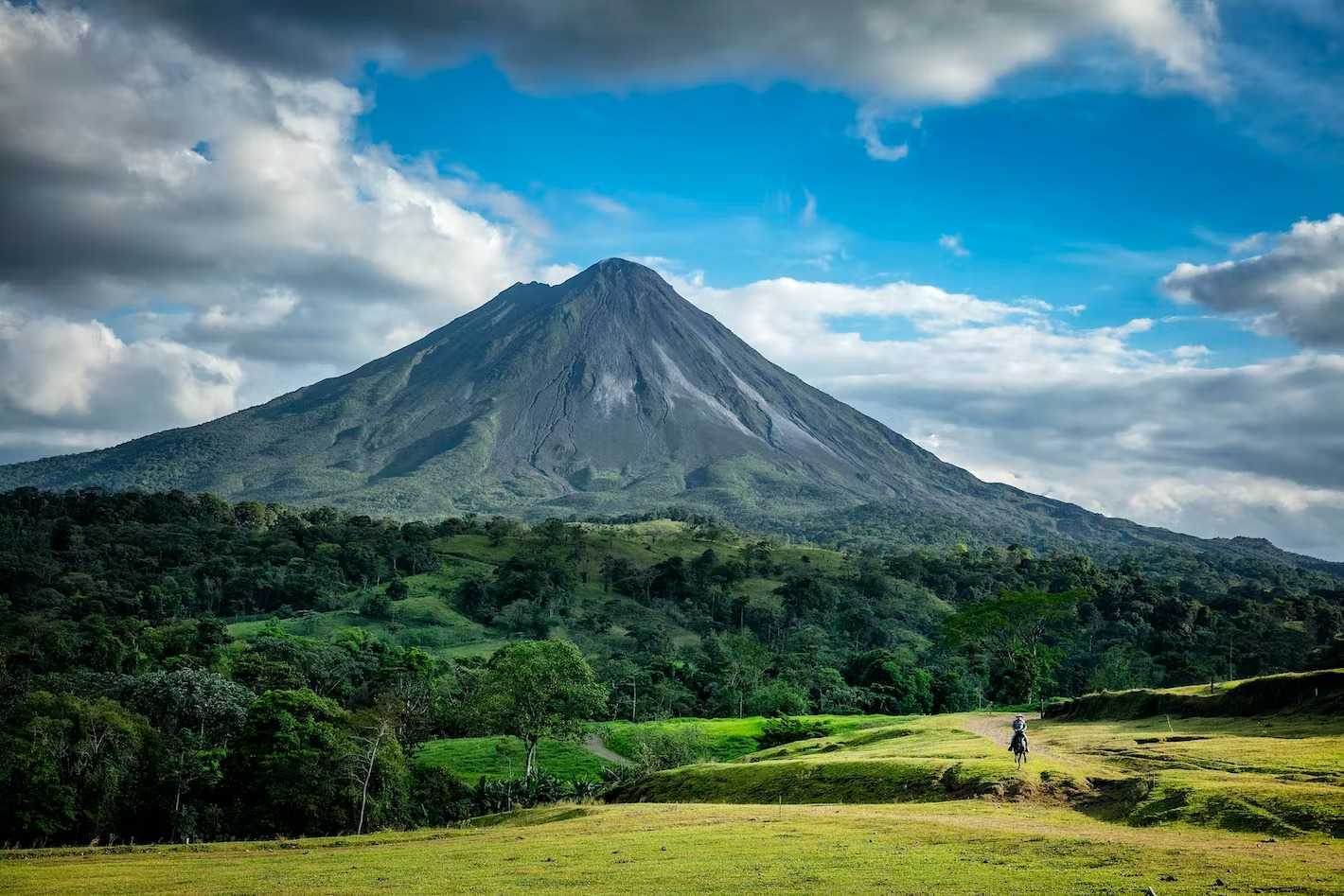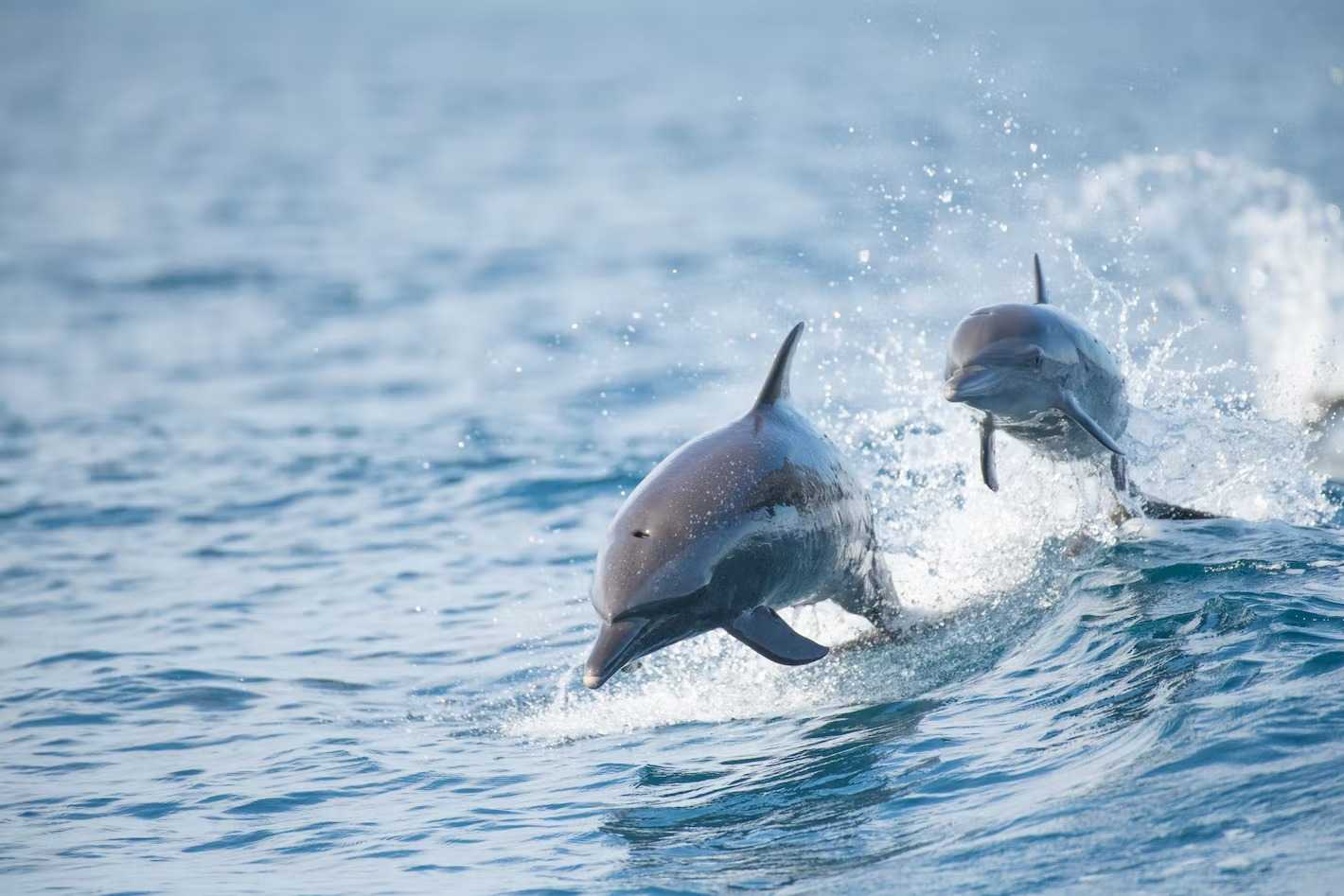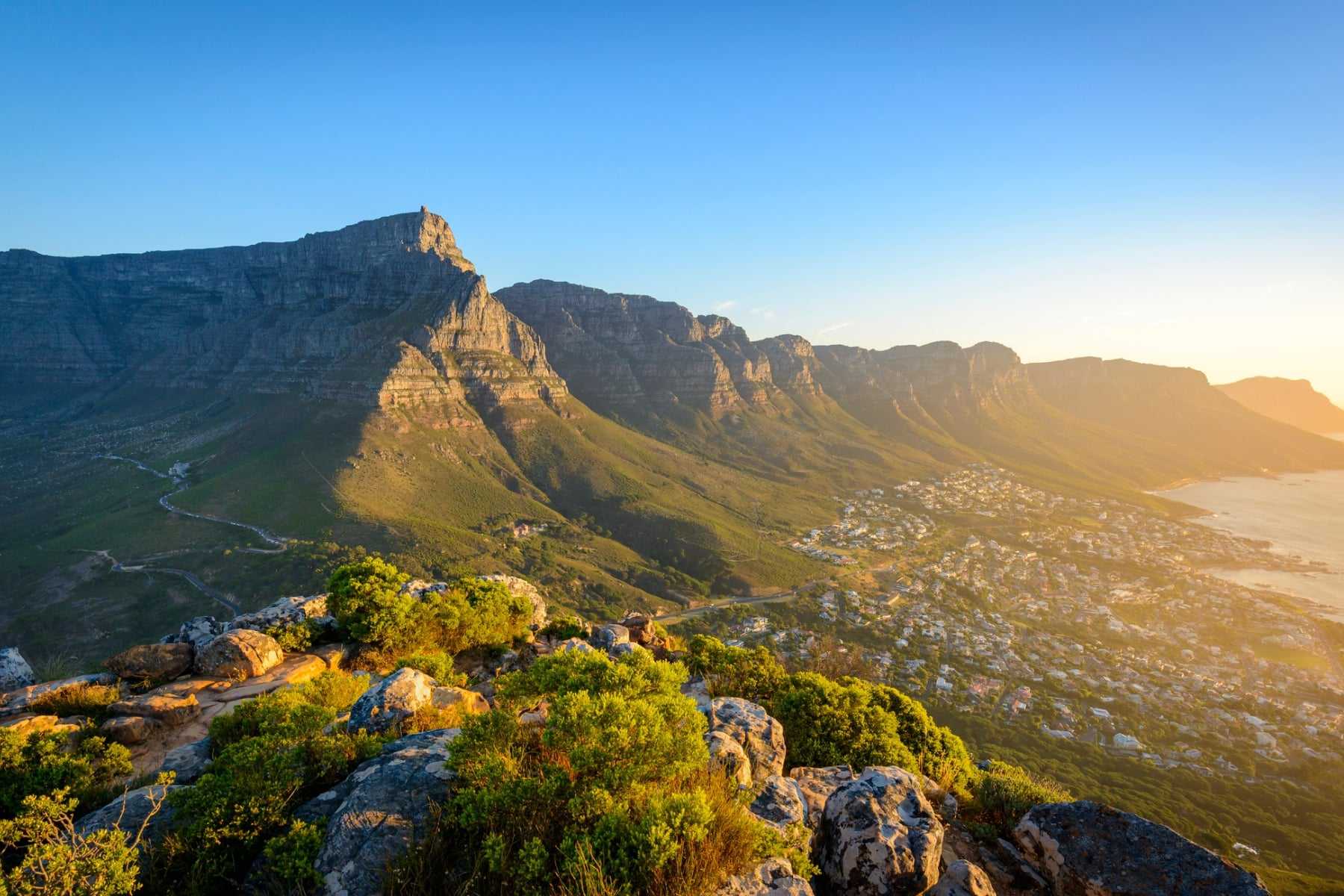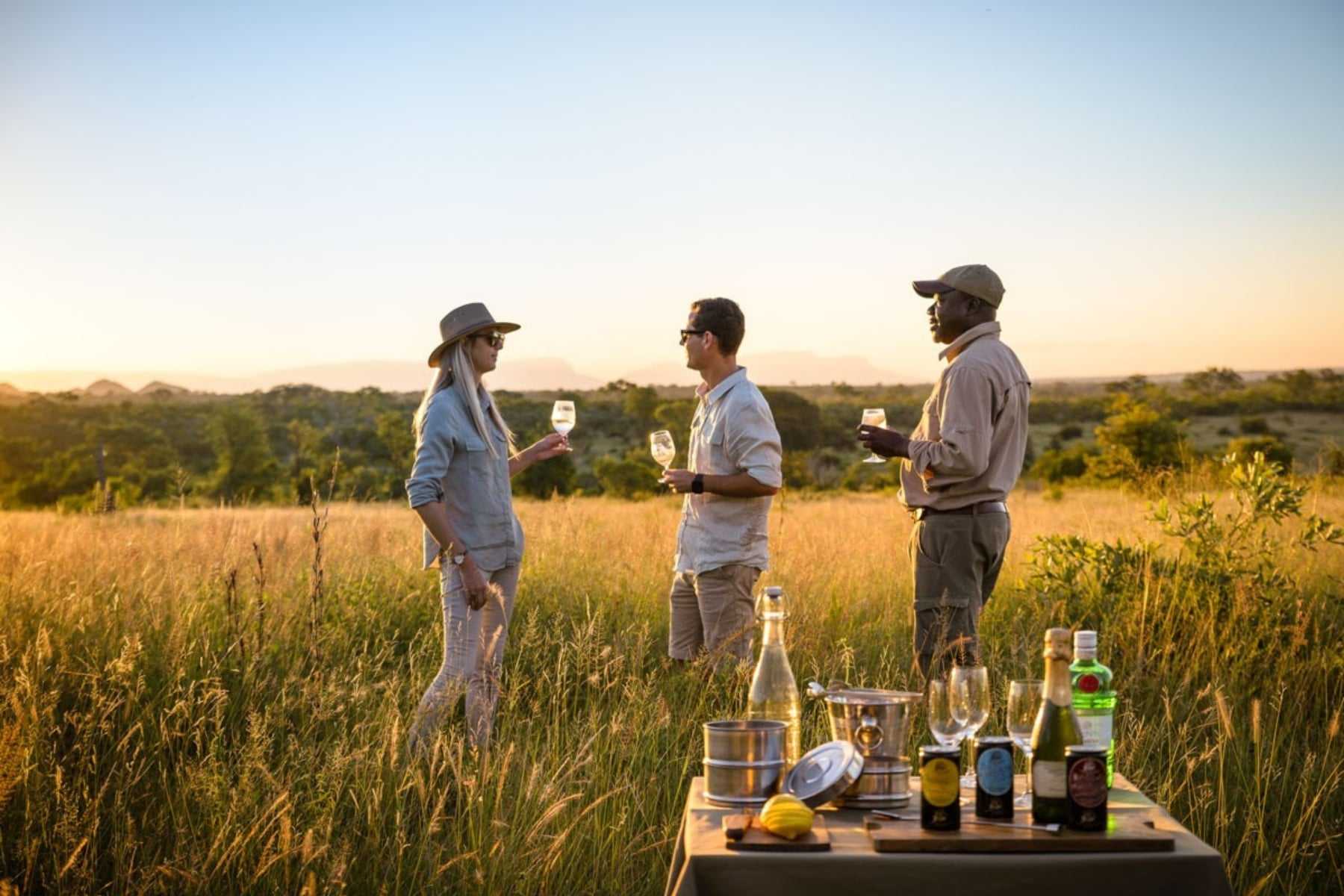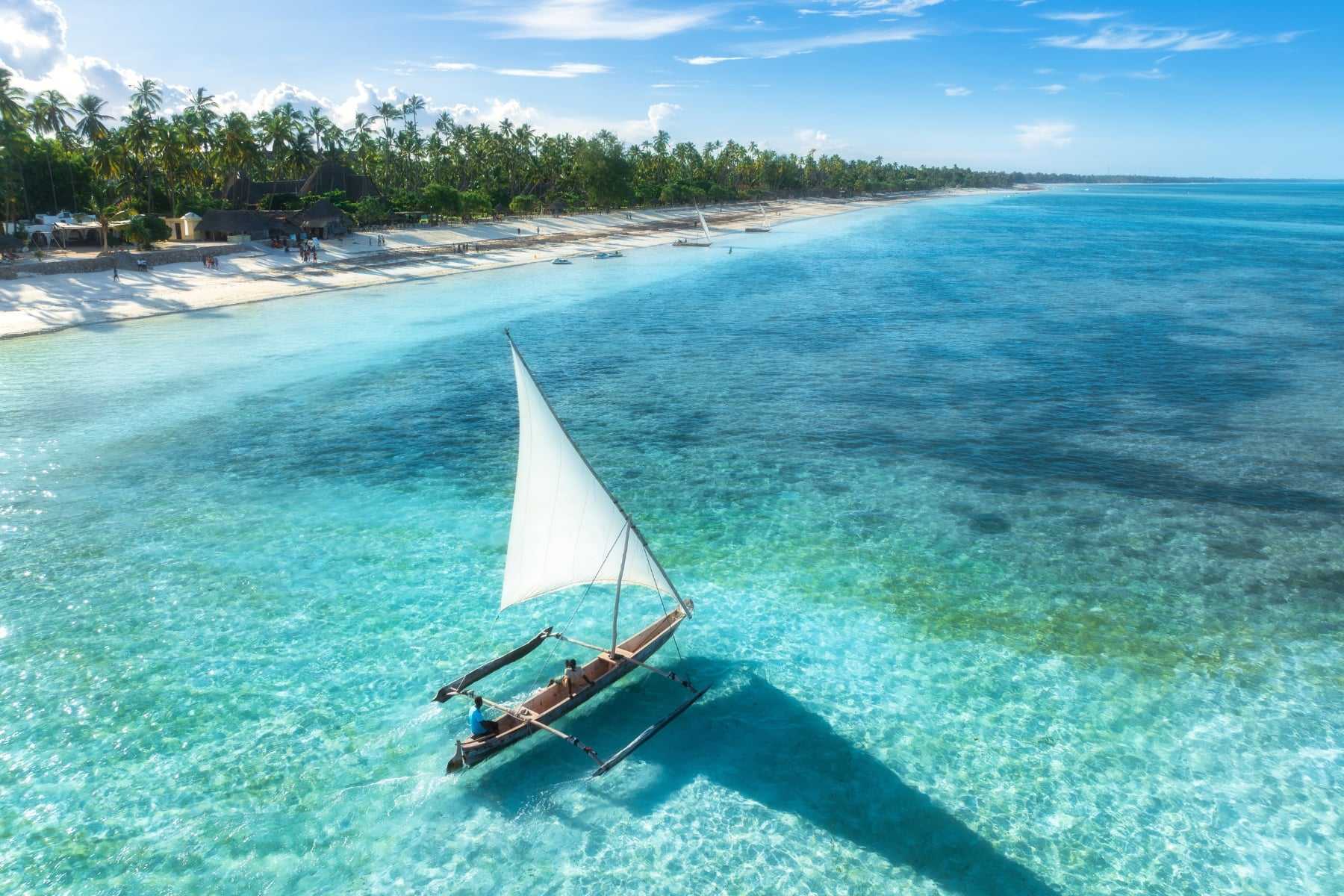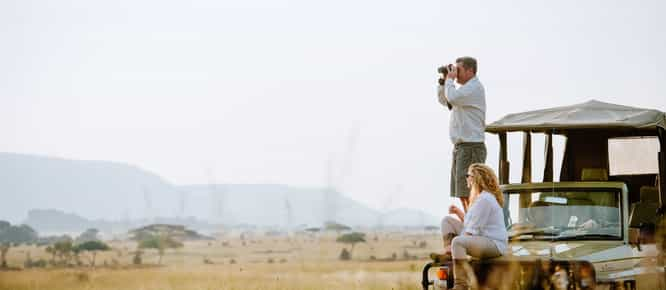In Costa Rica, it’s near-impossible to find a city. Instead of skyscrapers and buzzing boulevards, the landscape is dominated by volcanic peaks, forests, and not one but two stunning coastlines. In fact, 25% of Costa Rica (and its waters) are protected by national parks where a cast of curious wildlife resides. Add to that an intriguing history, the joyous pura vida way of life, and a whole lotta adventure, and you’ve got a trip you’ll never forget. Take a look at our Costa Rica country guide, containing everything you need to know about planning a visit to this Central American gem…
Central Costa Rica
The rugged ridge of volcanoes that runs through the middle of Costa Rica marks the great Continental Divide between North and South America, and this Central Valley is a world of coffee farms, cloud forests and quaint villages where the art of painted oxcarts has been preserved for centuries. The capital city San José is the gateway to the valley and offers visitors the chance to acclimatise with a little sightseeing and museum perusing. Once you’ve found your feet, head into the countryside for hikes in the shadows of lofty volcanoes, swims in sky-blue calderas and plenty of white-water rafting – although, for the very best of that, head east to Turrialba where the Pacuare River is the setting for many rafting thrills and spills.
How do I do it?
Most international flights to Costa Rica land at Juan Santamaria International Airport (SJO), which is just 17 kilometres outside central San José. Most trips include a stay in the city (at least for a night) and from here, you can easily reach the Central Valley sights and Turrialba – in just over an hour – by road.
Where do I start?
Most visits to Costa Rica will involve a night or two in San José – and it’s a great springboard for trips all around the country. Combine the capital city with forest wildlife and jaw-dropping scenery in Arenal National Park and sunny moments on the best beaches of both the Pacific and Caribbean with our coast to coast trip.
Caribbean Coast
Follow the sunshine and reggae vibes to Tortuguero on Costa Rica’s Caribbean coast. Meaning ‘turtle catcher’, the Tortuguero National Park is a haven for leatherback, hawksbill, loggerhead and the endangered green sea turtle, who swim for thousands of miles to lay their eggs on the safety of the shores. Time it right and you could watch the hatchlings make the mad dash back to the ocean. Just back from the golden coastline is one of Central America’s largest tropical rainforests, where glossy waterways lead through the greenery, revealing a menagerie of aquatic birds, caimans and West Indian manatees, whilst howler monkeys swinging from the branches overhead.
Down on the southernmost corner of the coast is laidback Puerto Viejo de Talamanca. Take your pick between snow-white, sublime beaches, and pass the hours in a sunbathed blur, or learn to surf, ride horseback in the waves, or explore the tiny, unhurried villages. Nowhere in Costa Rica is reserved exclusively for one activity (or terrain!) however, so if you have the time, hike into the forest to spy on snoozing sloths or snorkel amongst sea turtles and manta rays in the pristine waters.
How do I do it?
There are short, daily flights available from San José to Tortuguero’s small airstrip, and from there, it’s a 5-minute boat ride to the main village. The most common route is via road or boat, however, and the latter certainly adds extra excitement. If you’re travelling from San José (one hour), La Pavona is the most convenient departure point, and Moin is the most accessible when travelling from other destinations along the Caribbean coast (between 3 – 4 hours). The Limon airport is closest to Puerto Viejo de Talamanca and guests most commonly arrive from San José (40 minutes).
Where do I start?
Get your fill of beachside escapism on our trip to Costa Rica’s east coast, where turtles nest on the shores, coconuts are fresh from the tree, and the surf is always good. In between the dreamy Caribbean scenes, there’s white-water rafting and hiking in the central part of the country to enjoy too.
Northern Costa Rica
The further north you travel in Costa Rica, the wilder and more fantastical the scenery becomes. In the Monteverde Cloud Forest, one of the last native forests in Central America, you’ll find 500 species of butterflies and birds – and it also happens to be the birthplace of ziplining. Strap yourself in and whizz past orchids of every shade, humorous sloths, and birdlife that appears to have flown straight out of a Disney film, including the elusive and aptly-named Resplendent Quetzal. Otherwise, enjoy the tree canopy at a slower pace with walks along the hanging bridges, or explore Monteverde and the surrounding cloud forests on hikes, horseback rides and rafting adventures.
The next ‘X’ on the map is Arenal, the greatest of Costa Rica’s 60-plus volcanoes. A playground for adventurous travellers, the modes of exploration are limitless: wander amongst the leaves on hanging bridges and sky trams, speed past on a zipline, rappel down the face of gushing waterfalls, or cycle, hike or ride horseback along rugged trails deep in the forest. Arenal is home to half of Costa Rica’s known species of birds, reptiles and mammals and well… we’ll let your imagination do the rest. The volcano also creates bubbling thermal springs throughout the forest, which are enough to rival any spa.
Then, if you thought Costa Rica couldn’t get any more magical, let us introduce you to Rincon de la Vieja, a literal hotbed of gurgling mud pits and springs, where you can stop off for a soak in the middle of your exploring. And explore you will! Tube along beautiful rivers, discover quiet trails on horseback, and keep your eyes peeled for the unique (often endemic) wildlife including white-nose coati, nine-banded armadillo and an abundance of shimmering blue morpho butterflies.
How do I do it?
Monteverde can be reached via a flight from San José (3.5 – 4 hours) or Liberia’s Daniel Oduber International Airport (LIR), which takes about 2.5 hours. From Monteverde, it’s a short boat ride across Lake Arenal to reach the national park. However, there are also daily flights to Arenal Airport from San José, Manuel Antonio, Tamarindo, Tortuguero and the Osa Peninsula. Rincon de la Vieja is just an hour’s drive from Liberia.
Where do I start?
Costa Rica is a delicious mix of wild beauty, whether it’s in the forests below an iconic volcano, surrounded by a cast of unique wildlife or reclining on a remote, well-hidden beach – and you’ll have the chance to see it all on our classic Costa Rica trip.
Pacific Coast
Where Costa Rica meets the Pacific Ocean, the Nicoya Peninsula is 80 miles of heavenly beaches, surfing and easy-going villages where the people live longer, healthier and happier lives – we’ll have what they’re having! Guanacaste is extremely varied, ranging from savannah-like plains to lush forests alive with monkeys, sloths, and vivid birdlife. In fact, its conservation area is said to be home to 65% of Costa Rica’s species. Off the coast, kayaking and snorkelling excursions reveal an underwater world of manta rays, turtles, dolphins and parrotfish.
Idyllic doesn’t begin to describe Manuel Antonio, Costa Rica’s smallest national park, which packs a wallop in the wildlife stakes. A crescent of golden sand peeks out from acres of rainforest, making a rather pretty setting for paddleboarding, surfing or boat rides to spot humpback whales and dolphins. Head inland on foot, ears pricked and eyes ready to spot two and three-toed sloths, white-faced capuchins, neon iguanas and striking birdlife including hummingbirds, kingfishers and toucans.
At the southern end of Costa Rica, the Osa Peninsula is one of the country’s most isolated, untouched and biodiverse destinations. Covering almost half of the peninsula are the rivers, mangroves and rainforest of Corcovado National Park. Best remember your camera as this remote corner is home to all four of Costa Rica’s monkeys, sloths and rare tropical mammals including margays, Baird’s tapirs, ocelots and even jaguars. And don’t even get us started on the birdlife… If you fancy taking to the water, you can’t beat the Golfo Dulce for whale and dolphin-watching, diving (the coral reefs of Drake’s Bay are a favourite), or a spot of kayaking.
How do I do it?
International flights land at the Daniel Oduber International Airport (LIR) in Liberia, which is the gateway to Guanacaste; the journey there takes around one hour and 15 minutes. From San José or Liberia, the flight is between 30 minutes and an hour to Tambor, from which you can travel by road or ferry to the Nicoya Peninsula.
If you are travelling from San José, fly into Quepos Regional Airport (around 30 minutes), which is 11 kilometres from Manuel Antonio.
The travel time to Corcovado depends on your entry point and whether you are staying inside the park. There are multiple daily flights from San José to Sierpe, Drake’s Bay and Puerto Jimenez, from which you will be transferred to your hotel.
Where do I start?
Costa Rica is known for its abundant nature, but also for its passion for protecting it. On this trip, you’ll get a feel for both as you wander through wildlife-filled national parks and snorkel crystalline waters, marvelling at how so much diversity is possible in one country.
